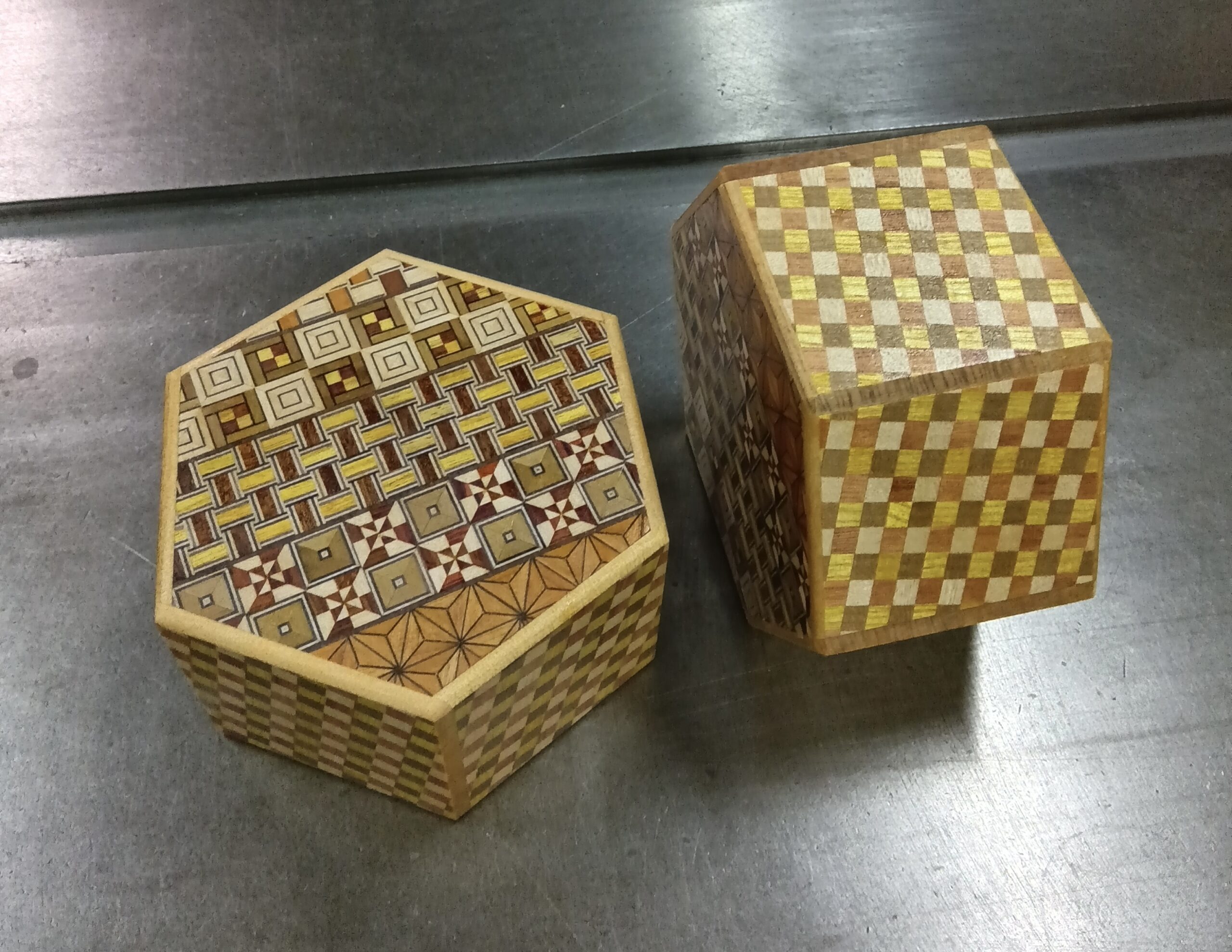Today I continued cleaning up my house, which I’ve been doing recently, and in the morning I went to the bulky waste collection center twice. I brought in old chairs, shelves, and other items. As I wrote before, this is a public waste collection center run by the town, and they charge 100 yen for every 10 kilograms. Today the total was 40 kilograms, so it cost 440 yen including tax. Japan’s consumption tax is currently 10 percent.
Our home is now in the middle of “Danshari.” This word is known in Japan among people who like organizing. If you say, “I’m doing Danshari now!” people will reply, “Oh really? I should do that too,” and the conversation becomes lively. “Danshari” is a method created by a Japanese woman named Hideko Yamashita, and she even registered it as her trademark. Even though it began as her personal idea, it has become so well known that many people want to try it. The idea is to throw away unnecessary things in your home, organize your belongings, and make your mind and body healthier. In Japan, there is a TV program about this method. In each episode, a family whose house is overflowing with things appears, and she visits their home and helps them clean up and throw away unnecessary items. In some cases, the people whose homes are full of things also have emotional issues—that is her view. They become dependent on objects and cannot throw them away, and their home becomes so full that daily life becomes difficult. The program shows how many people change for the better through her encouragement. She got the idea for this method from Indian yoga philosophy. And it also seems to include the idea of Feng Shui, which says that when a house is clean and organized, the flow of air improves and good fortune comes. Japan has become very rich in material things, but many people still have houses full of unnecessary items. In recent years, more and more people want to free themselves from that situation. Because of that, the TV program is very popular, and she gives talks all around Japan.
After that, I went to my workshop in the afternoon and did a little work. And unfortunately, I have some sad news. If you have been reading my blog until yesterday, you may know that these past few days I have been making the 5-sun 36-steps boxes and the hexagonal boxes. About two-thirds of the hexagonal boxes were orders from Hakone Market, and the remaining one-third were natural-wood types that I was making for my own stock. But the natural-wood ones had several problems. Because of processing mistakes and warping of the panels, many gaps appeared, so I decided to stop making them this time. I’m sorry, and I hope you understand.
There are several reasons for the failure, and using a white wood called Mizuki for the edge of the side panels may have been one of the mistakes. I could have chosen to fix them and continue, but it would take too much time and effort, so I decided to stop all production of them this time. I may make them again in a type that is not natural wood, so I would be grateful if you could wait. I now understand once again how difficult the natural-wood hexagonal type is. The yosegi-sheet type for Hakone Market has no problems at all, just like always, so once again I feel how wonderfully stable the type with yosegi sheets is. The photo shows the boxes after the first coating. These yosegi sheets are supplied by the Hakone vendor, so I cannot sell these as my own stock. I’m sorry about that 🙏 I don’t know which shop will sell them, but you might be able to see them at a shop in Hakone.


